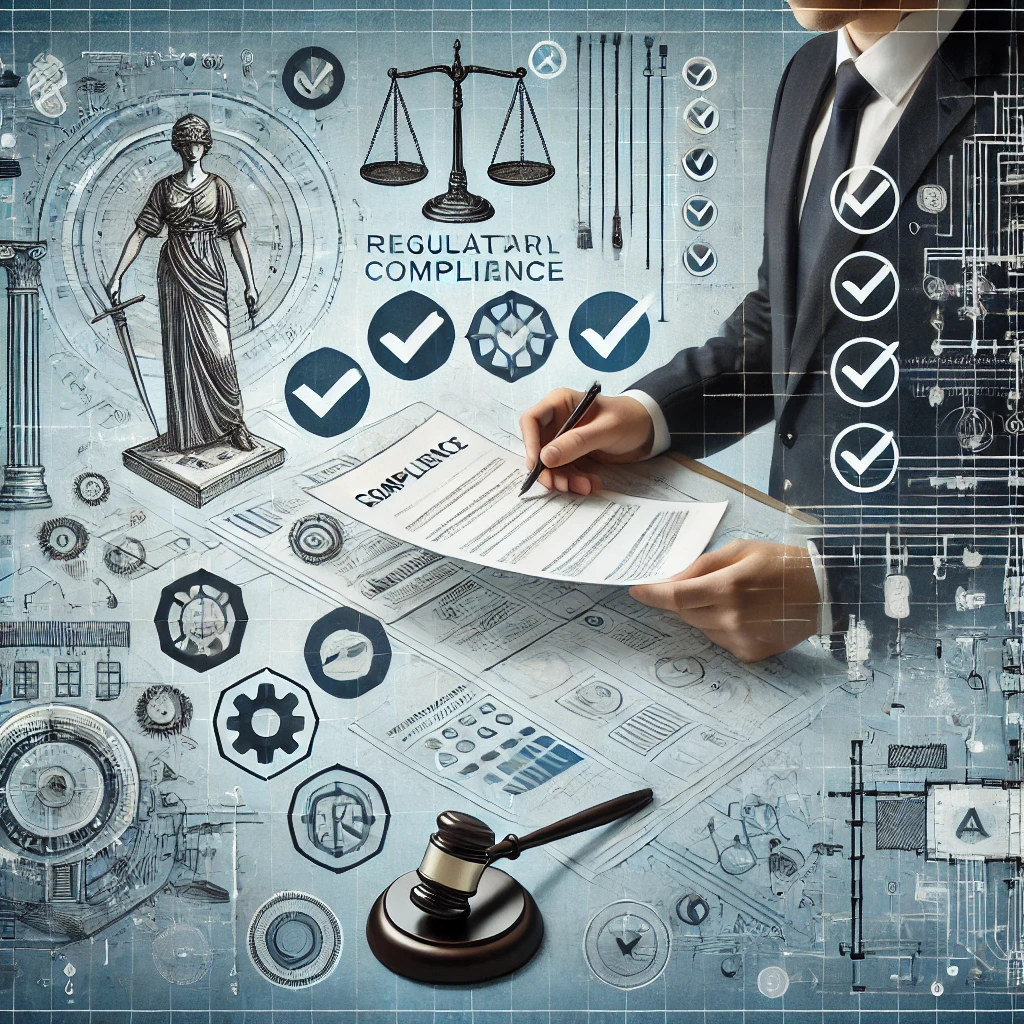The Importance of MEP Engineering in Modern Construction

Learn strategies for navigating regulatory compliance in MEP engineering. Discover best practices for staying informed, planning, documentation, inspections, and leveraging technology to ensure safety and legal adherence.
Understanding Regulatory Compliance
Importance of Compliance
Compliance with regulations ensures:
- Safety: Protects the health and safety of occupants and workers.
- Legal Adherence: Avoids legal issues and potential fines.
- Quality Assurance: Maintains high standards of workmanship and materials.
- Sustainability: Meets environmental standards and promotes sustainable practices.
Key Regulatory Areas
- Building Codes: Local and national building codes that dictate structural requirements.
- Electrical Codes: Standards for electrical systems to prevent hazards.
- Plumbing Codes: Regulations for safe and efficient plumbing installations.
- Energy Codes: Guidelines for energy efficiency and sustainability.
Strategies for Navigating Compliance
1. Staying Informed
Keeping up with changing regulations is crucial. Strategies include:
- Regular Training: Ongoing education for engineers and staff on current regulations.
- Professional Associations: Membership in professional organizations that provide updates and resources.
- Consultation with Experts: Engaging with regulatory consultants for specialized advice.
2. Comprehensive Planning
Thorough planning helps ensure compliance from the start:
- Detailed Design Reviews: Regularly reviewing designs to ensure they meet all regulations.
- Pre-Approval Processes: Submitting plans for approval before beginning construction to avoid costly changes later.
3. Documentation and Record-Keeping
Maintaining detailed records is essential for compliance:
- Compliance Checklists: Using checklists to track adherence to regulations throughout the project.
- Inspection Reports: Documenting inspections and any corrective actions taken.
- Certification and Approvals: Keeping records of all necessary certifications and approvals.
4. Regular Inspections
Frequent inspections ensure ongoing compliance:
- Internal Audits: Conducting internal audits to identify and rectify issues early.
- Third-Party Inspections: Engaging third-party inspectors for unbiased assessments.
5. Leveraging Technology
Technology can aid in maintaining compliance:
- Compliance Software: Using software to track regulatory requirements and ensure adherence.
- Building Information Modeling (BIM): Utilizing BIM for detailed and accurate project modeling that incorporates regulatory standards.

Challenges in Regulatory Compliance
1. Changing Regulations
Regulations can change frequently, posing challenges for ongoing projects:
- Adaptive Strategies: Implementing flexible strategies that allow for adjustments as regulations change.
- Continuous Learning: Ensuring that the team is continuously educated on new regulations.
2. Complex Requirements
Navigating complex regulatory requirements can be daunting:
- Expert Consultation: Working with experts who specialize in regulatory compliance.
- Simplified Processes: Developing simplified processes and checklists to ensure nothing is overlooked.
Conclusion
Navigating regulatory compliance in MEP engineering requires staying informed, thorough planning, meticulous documentation, regular inspections, and leveraging technology. By implementing these strategies, MEP engineers can ensure that their projects meet all regulatory requirements, promoting safety, quality, and sustainability.
Category:



